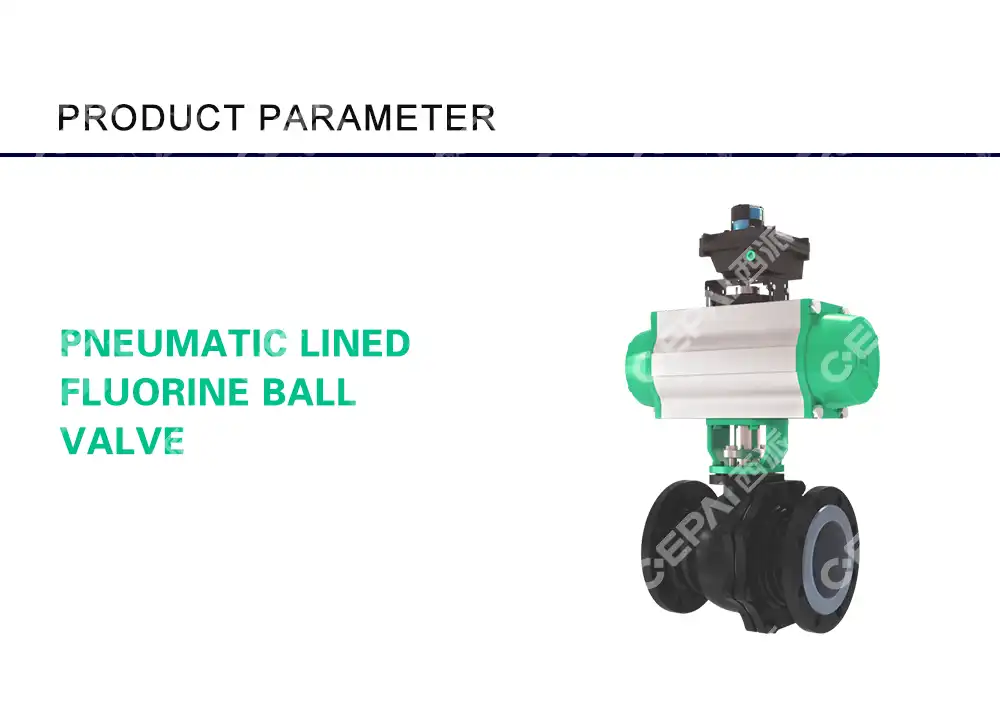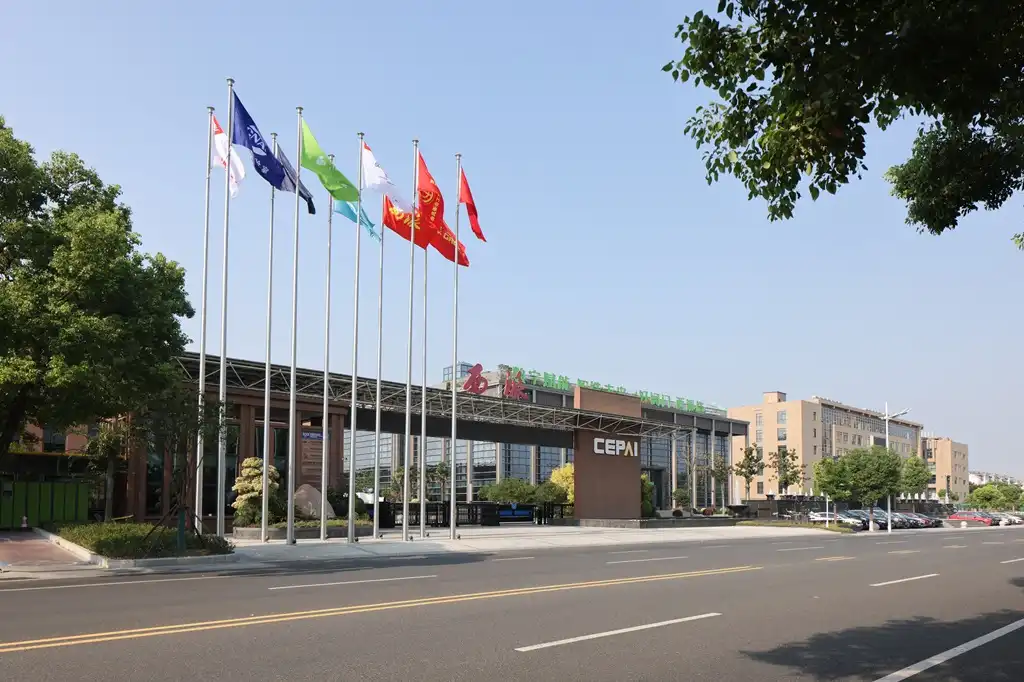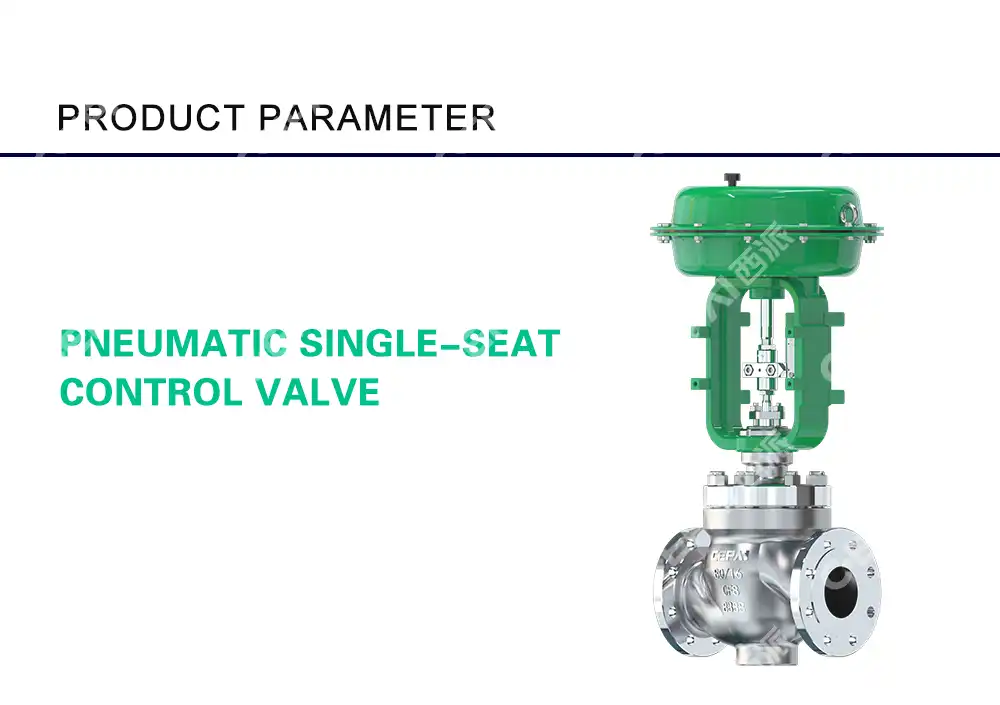Material Selection for Desalination Valves
Corrosion-Resistant Alloys
In the challenging environment of a desalination plant, selecting the right materials for valves is paramount. The foundation of long-lasting valve construction is metals that are resistant to corrosion. Super duplex stainless steel, such as UNS S32750, stands out as an exceptional choice due to its remarkable resistance to pitting and crevice corrosion in chloride-rich environments. Due to its combination of ferritic steel's hardness and austenitic grades' corrosion resistance, this alloy is ideal for usage in saltwater.
Another noteworthy option is nickel-copper alloy, commonly known as Monel. Parts of desalination valves made of this material are ideal due to their high resistance to corrosion and erosion caused by seawater. Its appeal for essential valve applications is further enhanced by its ability to maintain structural integrity in high-velocity fluid streams.
Grade 2 titanium and other titanium alloys have exceptional resistance to corrosion when exposed to saltwater. Even though it's more costly than other options, titanium is a great choice for desalination systems because it's lightweight and extremely durable.
Elastomer Considerations
The selection of appropriate elastomers for valve seals and gaskets is equally crucial in desalination applications. Fluoroelastomers, such as Viton, demonstrate excellent chemical resistance and can withstand prolonged exposure to saltwater and various chemicals used in the desalination process. For long periods of time, these materials keep their sealing qualities, thus there will be no leaks.
Ethylene Propylene Diene Monomer (EPDM) rubber is another viable option for certain desalination valve components. EPDM is ideal for uses where it will be often exposed to water, steam, and various chemicals due to its high resilience to these substances. But before you put it into action, make sure it works with the process fluids and operating circumstances you have.

Kalrez and other perfluoroelastomers offer the best chemical resistance of any elastomer. Although these materials are more expensive, they outperform all others under extreme conditions. For this reason, they play a crucial sealing role in desalination facilities.
Coatings and Linings
To enhance corrosion resistance and extend valve lifespan, various coatings and linings can be applied to desalination valves. Fusion-bonded epoxy (FBE) coatings offer excellent protection against corrosion and abrasion. Coatings made of thermosetting polymers create a tough, long-lasting covering that clings firmly to the valve substrate, protecting it from harmful media.
Linings made of polytetrafluoroethylene (PTFE) are another good option for preventing damaging fluids from getting inside valves. Because of its chemical inertness and non-stick characteristics, PTFE is a great material to line valve bodies and other parts that are exposed to saltwater or brine.
Zirconia or alumina ceramic coatings can be applied to valve components for use in harsh conditions. Because desalination fluid streams can move at high speeds, coatings having these characteristics are ideal for protecting them from erosion and corrosion.
Pressure and Flow Considerations in Valve Selection
Pressure Ratings and Classifications
When selecting valves for desalination plants, understanding and adhering to appropriate pressure ratings is crucial. ANSI/ASME pressure classes, ranging from Class 150 to Class 2500, provide standardized specifications for valve pressure-temperature ratings. For high-pressure reverse osmosis systems, valves with Class 600 or higher ratings may be necessary to withstand the operating pressures safely.
It's essential to consider not only the normal operating pressure but also potential pressure surges or water hammer effects. Choosing valves that are pressure-class higher than the system's maximum working pressure increases long-term reliability and gives you a safety margin. In order to prevent overpressure situations, pressure-relief valves should be carefully positioned throughout the system.
For low-pressure applications, such as in the intake or post-treatment stages, lower pressure class valves may be suitable. However, any modifications or additions to the system that may impact the pressure requirements must be carefully considered.
Flow Characteristics and Control
The flow characteristics of valves play a significant role in desalination plant efficiency. Applications necessitating exact management of flow rates frequently employ globe valves due to its capacity to deliver precise flow control. Their inherent equal percentage or linear flow characteristics make them ideal for controlling the feed water supply or managing brine discharge rates.
Butterfly valves, known for their low-pressure drop and high-capacity flow, are frequently employed in larger diameter pipelines within desalination plants as a type of desalination valve. Their quarter-turn operation and ability to handle high flow rates make them suitable for isolation and throttling applications in seawater intake systems or product water distribution networks.
For applications requiring tight shut-off and minimal pressure drop, ball valves present an excellent choice. When completely open, their full-bore design permits unfettered flow, making them perfect for applications where system pressure maintenance is paramount, such high-pressure pumping stations in reverse osmosis.
Cavitation and Noise Reduction
With high-pressure drop scenarios in particular, cavitation—a phenomena that can severely damage valve internals and downstream piping—becomes an important problem in desalination facilities. This problem can be efficiently reduced by using anti-cavitation trim designs, which have numerous phases of pressure reduction. In order to avoid the creation of harmful vapour bubbles, these specialised trims slowly lower the pressure of the fluid.
When choosing valves for desalination facilities, noise reduction should be one of your top priorities. Worker discomfort and equipment damage can be caused by the considerable noise levels generated by high-velocity flows and pressure drops. Low-noise trim options, incorporating features like small-hole cages or multi-path labyrinths, can substantially reduce noise emissions while maintaining required flow characteristics.
Specialised valve designs that incorporate anti-cavitation and low-noise qualities are worth considering for crucial control applications like brine concentration control. These valves are outlined to advance execution whereas limiting the negative results of high-pressure differentials. In most cases, they utilize novel stream course plans and multi-stage weight decrease approaches.
Operational and Maintenance Aspects of Desalination Valves
Actuation and Control Systems
The choice of valve actuation systems significantly impacts the operational efficiency of a desalination plant. Applications that necessitate frequent modulation or remote operation are ideal for electric actuators due to their precise control. Their seamless interface with plant control systems enables automated procedures and real-time valve position monitoring, which is a major advantage.
Pneumatic actuators, driven by compressed air, are favored in areas where electrical power may be limited or where rapid operation is required. They are perfect for use as isolation valves or emergency shutdown valves at crucial stages of desalination due to their simple design and rapid response times.
Hydraulic actuators, while less common in desalination plants, can be considered for high-torque applications or in areas where pneumatic systems are not feasible. They are well-suited for use with big butterfly valves in primary seawater intake lines due to their quiet operation and great force output.
Maintenance and Serviceability
Designing for ease of maintenance is crucial in the harsh environment of a desalination plant. One typical kind of desalination valve, top-entry valves enable in-line maintenance, which cuts down on downtime and makes repairs easier. Because of the difficulty and time required to remove big valves from important channels for maintenance, this design feature is very useful for these types of valves.
Plant dependability can be greatly improved by using a predictive maintenance strategy that makes use of smart valve positioners. With the diagnostic data these devices give on valve performance, operators may fix problems before they cause breakdowns. Maintenance crews may optimise their schedules and minimise unplanned downtime by monitoring factors like cycle count, travel deviation, and friction.
Standardization of valve types and sizes across the plant, where possible, can streamline maintenance procedures and reduce spare parts inventory. This method guarantees faster reaction times during replacement or repair operations and minimises training needs for maintenance personnel.

Compliance and Certification
Ensuring compliance with relevant industry standards and obtaining proper certifications is essential for desalination valve selection. Valves should meet the requirements of international standards such as API 6D for pipeline valves or API 609 for butterfly valves. These standards ensure that valves meet minimum performance and safety criteria for their intended applications.
For valves in contact with potable water, compliance with NSF/ANSI 61 is crucial to ensure that no harmful contaminants leach into the treated water. This certification is particularly important for valves used in the post-treatment stages of the desalination process.
Marine environment certifications, such as those from classification societies like DNV GL or ABS, may be relevant for offshore desalination plants or those located in coastal areas. These certifications ensure that valves can withstand the specific challenges posed by marine environments, including salt spray and wave action.
Conclusion
There are a part of things to think almost when choosing the adjust valves for a desalination plant. To ensure the plant runs efficiently and reliably, every detail is important, including material selection, pressure ratings, flow characteristics, and maintenance considerations. The demanding specifications for desalination valves must be satisfied. Plant designers and engineers may build a valve system that can endure the severe conditions of desalination by choosing materials that are resistant to corrosion, meeting the proper standards for pressure and flow, and include features that are easy for users to operate. In expansion to boosting plant execution, choosing the right valves has a noteworthy long-term impact on the proficiency and viability of your water treatment operations.
Contact Us
At CEPAI Group, we understand the unique challenges of desalination plant valve selection. Our expert team is ready to assist you in choosing the perfect valves for your specific needs, ensuring optimal performance and longevity. With our high-quality products and extensive experience in oil and gas equipment manufacturing, we can provide tailored solutions for your desalination projects. Contact us today at cepai@cepai.com to discover how our advanced valve technology can enhance your plant's efficiency and reliability.


_1746598531170.webp)



